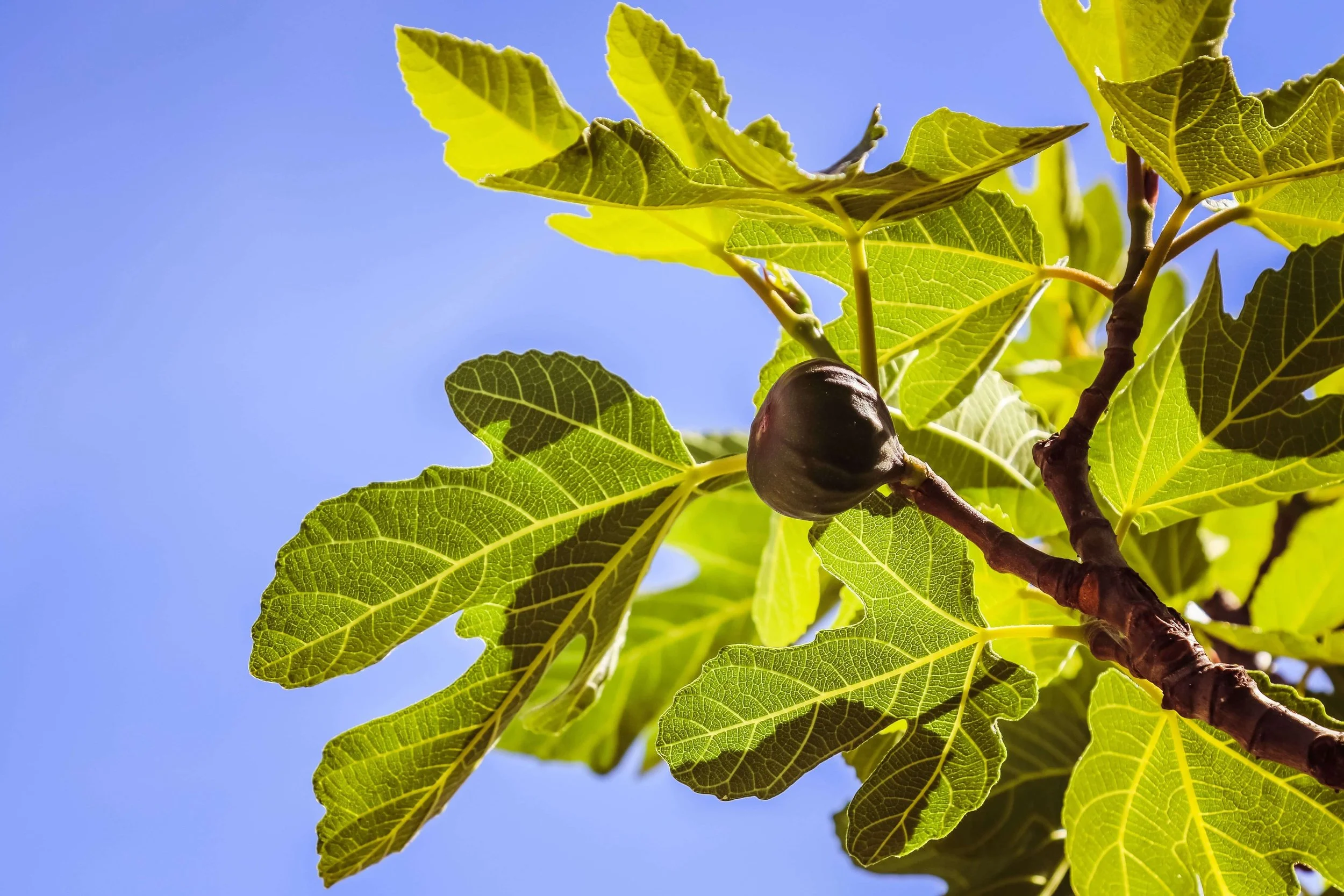Morocco: Fruit Tree Planting
Fruit tree planting in Morocco makes a big difference.
As well as global environmental carbon capture, there are also a series of socio-economic perks:
such as training in fruit tree agriculture for disadvantaged women and young people
the re-fertilising the soil after years of over-grazing
and providing local farmers with much-needed crop to sell
The sapling varieties grown across our project nurseries include fig, lemon, pomegranate, cherry, and walnut.
So although the production and growth of these fruit trees help to build and improve relations among the people and institutions of Morocco, they also benefit the livelihoods and environments of Moroccan families, schools, and communities.
For example, two of the eleven project nurseries are located within the Centers for the Protection of Children group, where detained young adults receive training in organic fruit tree agriculture.
Other programmes run across hundreds of public schools across the country, all bringing the same benefits the people such as:
Raising the environmental consciousness of citizens of all ages
Promoting the benefits of organic agriculture, volunteerism and public service
Providing locals with technical training and employment opportunities
Once they reach maturity, these planted fruit trees become of critical importance to farming families as they transition from the traditional staples of barley and corn - which cover 70% of agricultural land but only produce 15% of national agricultural income - to fruit trees.
So we’ve covered global and societal benefits, but the goodness doesn’t stop there. Oh no.
You see historical intensive grazing across the landscape has led to a depletion of natural nutrients within the soil. When you account for the fact this has happened over years, and years, and years, these unsustainable farming practices take a toll on the land. Glastonbury Festival has a fallow year every five years for a reason.
Fruit trees, on the other hand, are a very low-intensity crop, with much of the nutrients being recycled into the ecology of the land, helping replenish the soil nutrient levels and supporting the local biosphere.
All the while, all trees planted are helping to mitigate climate change through carbon capture.
Whilst the rigorous monitoring system in place across this project helps to ensure the continued health of the trees, allowing enhanced tree survival rates and sustainability.
In a Moroccan walnut shell, this project:
Works directly alongside citizens to teach best environmental practice
Provides employment
Supports farmers directly with increased income
Restores the ecology of the land




